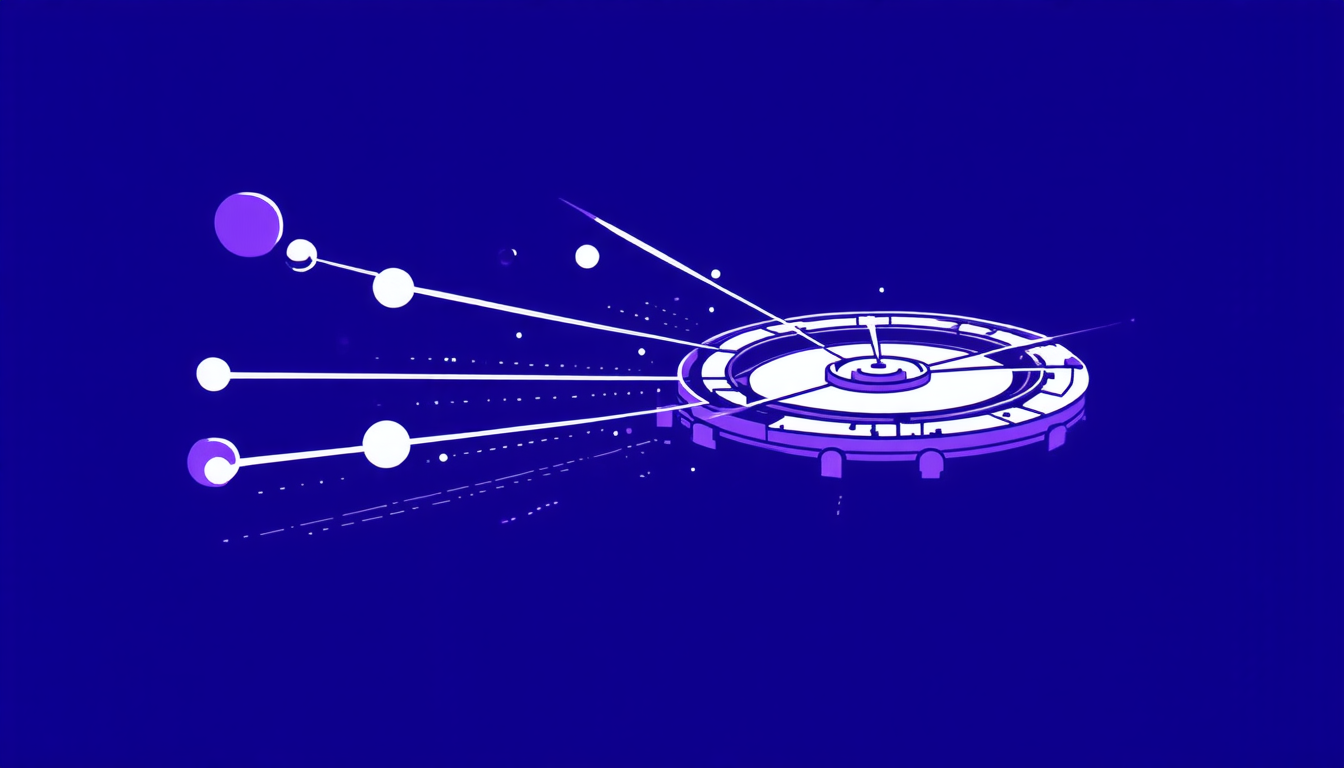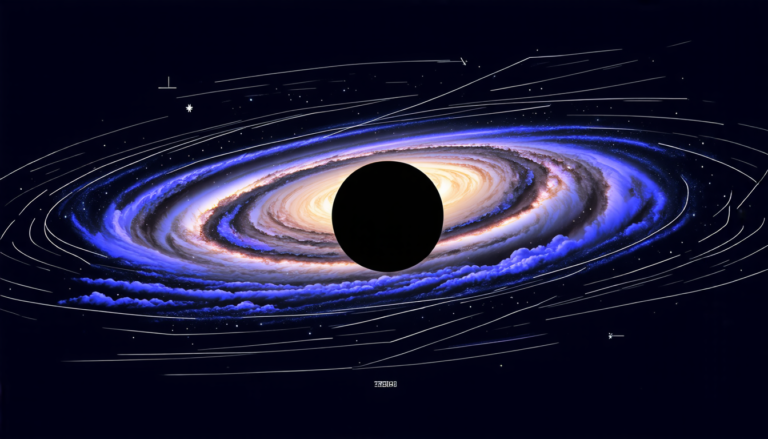Friday 22 August 2025
For decades, scientists have been searching for a mysterious particle that could hold the key to understanding some of the universe’s most profound secrets. The axion, a hypothetical particle first proposed in the 1970s, is thought to be responsible for solving a long-standing problem in physics known as the strong CP problem.
The strong CP problem arises because our current understanding of the fundamental forces of nature suggests that the strong nuclear force should violate a fundamental symmetry called charge-parity (CP) symmetry. However, experiments have shown that this symmetry is preserved, leading to a discrepancy between theory and observation.
One proposed solution to this problem is the existence of an axion, a type of particle that is thought to interact very weakly with normal matter. Axions are also believed to be copiously produced in the early universe, making them a prime candidate for dark matter, which is thought to make up around 27% of the universe’s mass-energy budget.
Recently, scientists at CERN’s Super Proton Synchrotron (SPS) have been using a beam dump experiment to search for evidence of axions. The experiment involves directing high-energy protons onto a target material, creating a shower of particles that can decay into various modes, including the production of axion-like particles.
The NA64 detector, located in CERN’s North Area, is designed to detect these axion-like particles and their subsequent decays. By analyzing the energy deposited by these particles in the detector, scientists hope to identify the characteristic signature of an axion decay.
Previous experiments have set limits on the strength of the interaction between axions and normal matter, but the NA64 experiment has been able to push those limits even further. By using a highly sensitive detector and analyzing large amounts of data, the team has been able to rule out certain regions of parameter space where axions might exist.
The results of the experiment are significant not only because they provide new insights into the properties of axions but also because they shed light on our understanding of the fundamental forces of nature. The search for axions is a prime example of how scientists use experimental techniques to test theoretical predictions and gain a deeper understanding of the universe.
In addition to searching for axions, the NA64 experiment has also been used to study other types of particles that could interact with normal matter in ways similar to axions.
Cite this article: “Unraveling the Mystery of Axions: A Quest for Understanding the Universe’s Fundamental Forces”, The Science Archive, 2025.
Axion, Particle Physics, Strong Cp Problem, Cern, Sps, Na64 Detector, Dark Matter, Fundamental Forces, Symmetry, Charge-Parity







